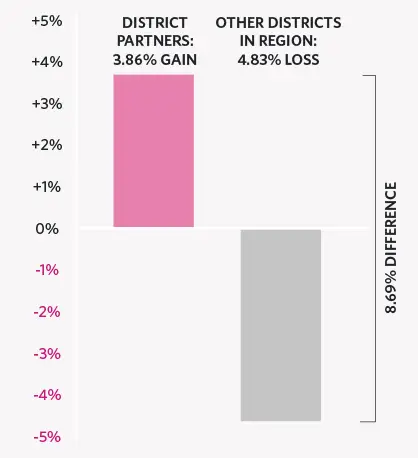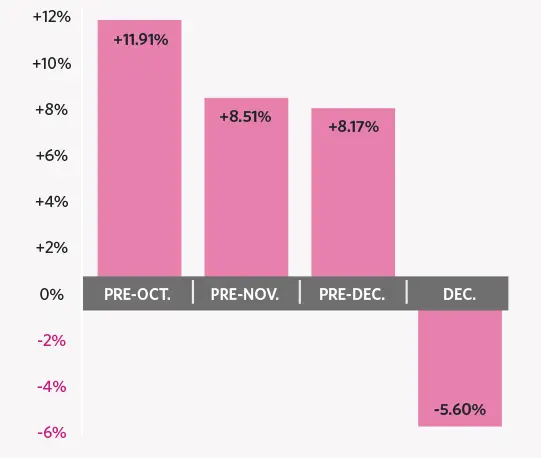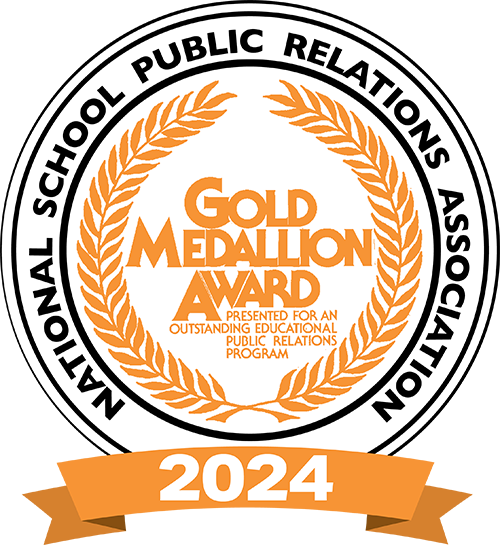The Challenge
The pandemic and increasing political polarization have put schools at the forefront of culture wars that have adversely affected community support for school funding measures. School bond measures in Washington require a 60% supermajority to pass, and only six passed in 2021–2023 (out of 39). During that same time period, we also saw basic levy renewals, which usually passed the required simple majority threshold easily, fail. In addition, the Public Disclosure Commission (PDC), which regulates elections in the state, cracked down on the tactics of two school districts, and concerns were rippling throughout districts across Washington. Leading up to the 2024 Special Election, our district partners were rightfully concerned about passing the funding measures they rely on, while keeping their campaigns PDC compliant.
Research
Our team recognized that our 2024 elections approach couldn’t reflect typical past practices and the way election communications had been tackled for many years. In order to ensure we were providing districts that we were supporting with the best strategic communications guidance and materials, we dug into research well ahead of the next big election season.
Our research included weekly content analysis to understand the current situation, and later a review of election results databases to compare recent election results to those over the past 20 years. Our team worked with public finance leaders, attorneys, and communicators around the state to gather information about PDC findings and school election statistics. We learned that, indeed, the landscape for passing a school finance bond in Washington State was extremely challenging and appeared to be getting worse.
Research Findings
Washington is one of only a handful of states to require a supermajority vote to pass a bond election (60% approval). Over the past 20 years, the overall average “yes” vote for school elections in Washington has never reached the required 60% supermajority.
In 1992, there were 85 bond measures on the ballot state-wide with about 44% of those measures passing; in contrast, in 2023, 20 measures appeared on the ballot and only 2 of them passed (10%).
Between 2021 and 2023, 29 EP&O levies failed, which was unheard of before the pandemic. In fact, EP&O levy approval percentage rates were lower between 2021 and 2023 than they were during the 2008 recession.
Planning
When we felt confident that we had the most up-to-date information about the state of bond and levy funding measures in Washington and could offer informed, strategic advice about what we knew to be effective and compliant strategies and tactics, we moved into planning for the February 2024 election.
Goals
- The team will use research and data to guide best practice recommendations for districts to support them in successful election outcomes.
- School districts will continue to feel confident in their decision to partner with ESD 112 Communications and know that the team is armed with current information to understand current issues and strategies to address them.
Measurable Objectives
- PDC Compliance: Receive 0 PDC findings for 100% of clients by the time February 2024 election results are certified.
- Passage Rate: Increase the number of bond/levy measures approved by 15% as compared to the February 2023 district partner results by the end of February 2024 when the elections are certified.
Strategies & Tactics
Our overall strategy for meeting our measurable objectives was to think more strategically about the election season.
1. Educate
Compile and share our research findings with our region’s communicators and superintendents. Invite them to share their own strategies to codify current best practices
2. Communicate
Talk about funding measure strategy early and often with clients and our own staff through meetings, emails and our newsletter/blog
3. Streamline
Organize our client campaigns in a spreadsheet and minimize the number of staff working on campaigns, creating bond and levy “experts” for maximum efficiency
4. Prioritize High Stakes Work
Prioritize our work for the February election campaigns above less urgent work
Implementation
We began by meeting individually with each district client to gather basic information about the initiatives, better understand the community’s perceived strengths and potential challenges, and learn where there might be communication opportunities. For each campaign, we created a shared Google workspace where we could exchange information and photos and save text outlines.
In the past, school districts relied on our team mostly for levy informational mailers or handouts, but this time around, many school districts needed support for their entire educational campaigns, from start to finish.
For each district, we outlined key messaging—information that would later be used for district materials. This messaging was reviewed for accuracy, clarity and tone by the district’s communications staff (if they had communications staff), the superintendent, and the chief financial officer. From there, we created presentations, web and social media graphics, videos, and print materials, as desired by the district.
We pride ourselves on tailoring our services to the needs of our districts, so the implementation of each campaign followed our districts’ needs, based on their staff capacity and budget. Here are three examples of campaigns we worked with district partners to implement:
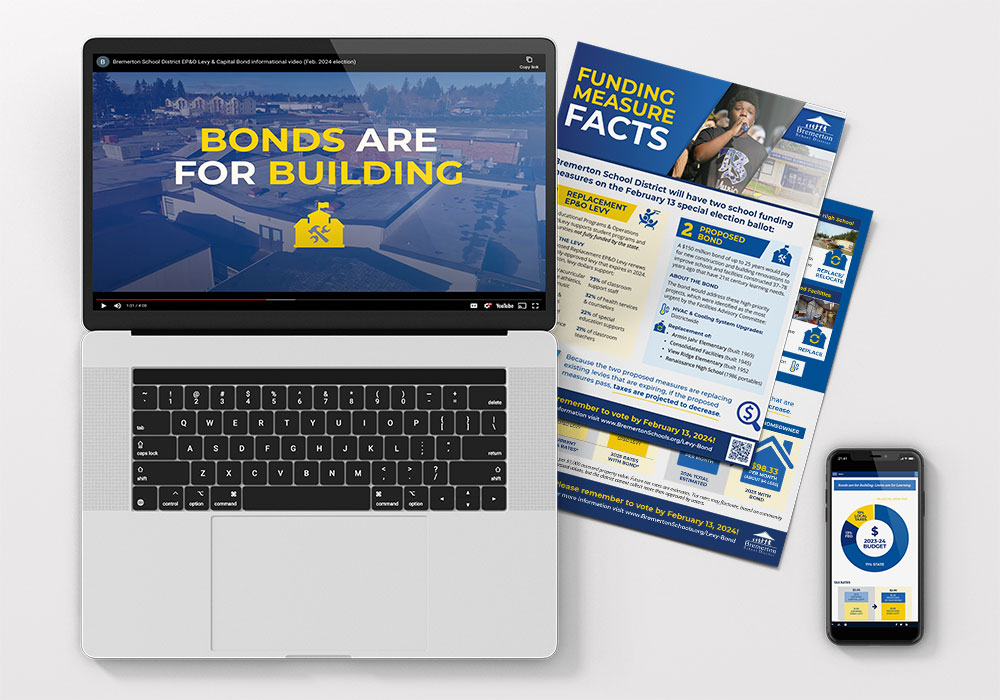

Bremerton School District contracts with us for communications and design support, but they initially had a contract with another entity for their bond and levy campaign. After they were dissatisfied with the materials and support they received, they ended their contract with the firm in August to work with us to handle their informational campaign instead.
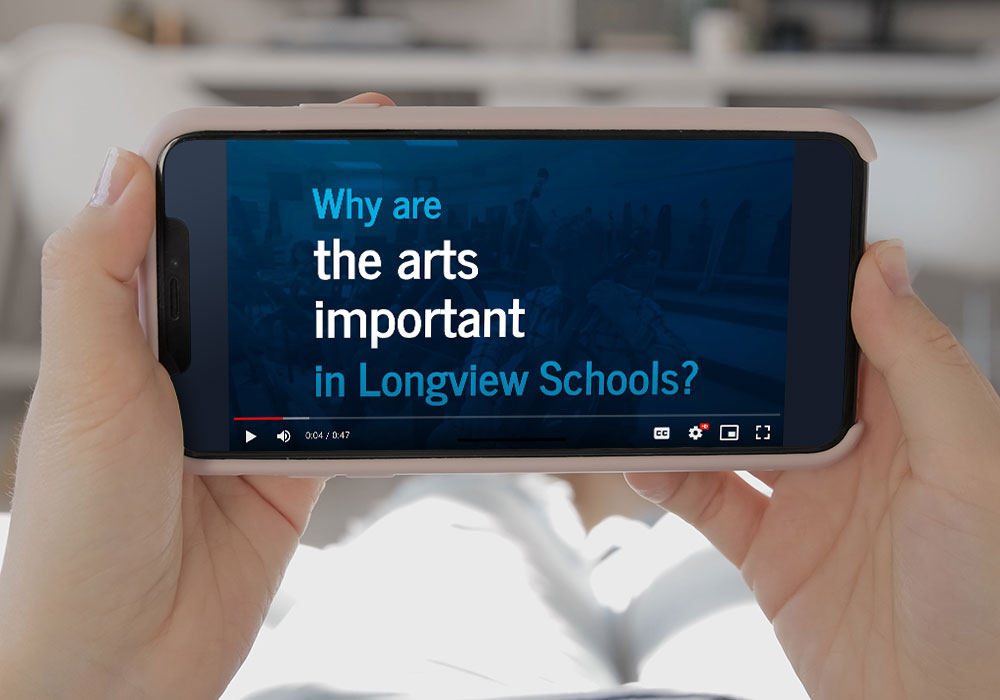

Longview Public Schools has a graphic designer on staff, so they requested that we create a handout and graphics as a jumping-off point for their designer to modify as needed. They also post a lot of social media videos as a general communication strategy, and they asked us for help to create videos for their levy campaign.
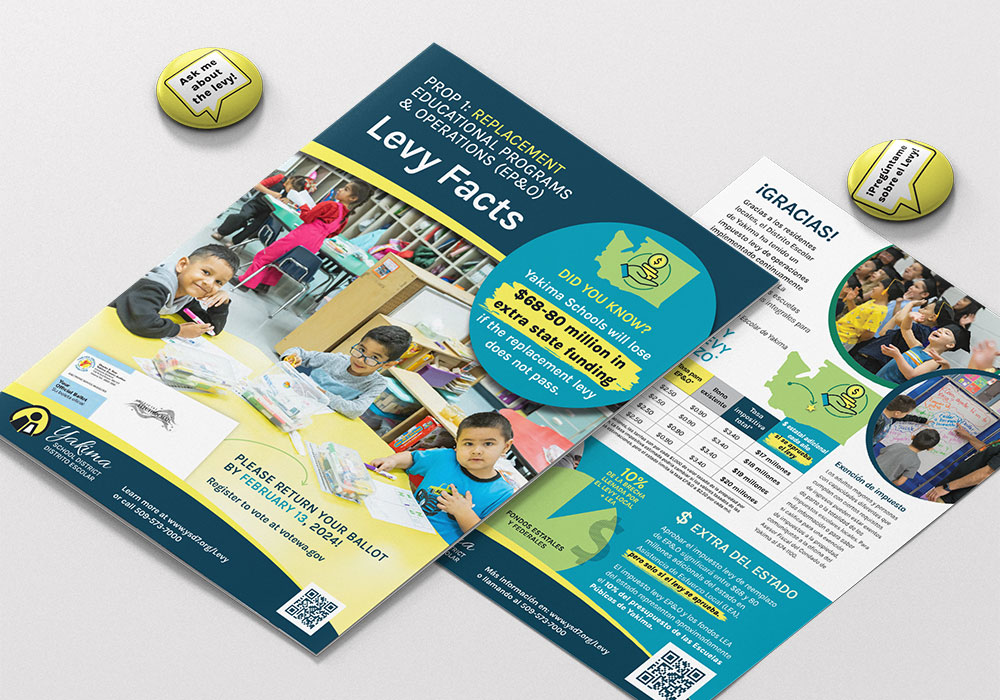
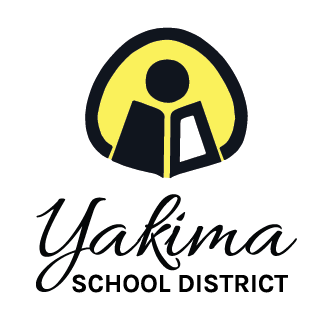
Yakima School District has a communications and translation team for their bilingual district, but they contract with us for strategic communications and design work. For their levy campaign, we consulted on strategy and designed all the materials, including a mailer and handout in two languages, billboards and theater ads.
Results
We exceeded expectations for both objectives: Our clients received zero PDC findings (and zero complaints), and we increased the number of measures approved by 21% over the February 2023 election (94.11% passage rate in 2024, as compared to 77.77% in 2023).
Our concentrated efforts supported 16 out of 17 total initiatives passing, including a bond in Bremerton–one of only seven bonds to pass statewide in the February 2024 election.
Evaluation
Analyzing the 2024 ballot measure results with the Voter Support Score metric was illuminating. The districts we worked with saw an average increase in their yes votes from their previous election by 3.86%. This number might not seem very large, but when considering that, in most cases, the most recent previous election was pre-pandemic, we were very pleased with the positive direction. We asked ourselves: Did our strategic planning make a difference, or is public sentiment post-pandemic improving? Then we calculated the Voter Support Score for the seven districts in our region that we did not work with for their levy renewals; the average score for those districts was -4.83%. The strategic approach we took with our clients made a positive difference of 8.69%. (See graph.)
Diving deeper into our district partner data, we looked at when we started working with them strategically, and the results were startling (see graph). Those clients of ours who started strategic work with us in September or earlier (six to nine months before the election) saw an average Voter Support Score of an incredible 11.91%. Conversely, those clients who waited until December (the last minute—only two months before the election) to work with us saw an average Voter Support Score of -5.6%.
Establishing a New Metric:
Voter Support Score
Whether a ballot measure passes or not is obviously the most important measure of success, but we wanted to establish a metric for evaluating our efforts beyond the simple pass/fail check. Many districts pass levies easily no matter what, and many district fail bonds repeatedly. How could we develop a metric that compares apples to apples across very different school districts?
What we came up with was to compare the percentage of “yes” votes between a district’s most recent previous election results for a similar funding measure to the current election. The percent difference between the two years’ election measures shows whether voter support has grown (with a positive number) or fallen (with a negative number). Calculating the difference in approval percentages between elections for the same district proved to be a truly eye-opening metric for our evaluation process and one that we plan to continue for future elections. We now call this metric the “Voter Support Score.”
*Most previous EP&O levy elections were in February 2020.
Conclusion
We tell all of our bond and levy clients that talking about school funding should happen early and often as a part of normal, year-round district communication practices. Even the most experienced and knowledgeable communications team cannot move the meter much in just a couple short months before an election. Passing funding measures takes strategic thinking, significant communications support, and lots of lead time–and now we have the data to support it.
Furthermore, with the Voter Support Score metric, we can now see whether public support for school funding in a particular district is rising or falling, even if a funding measure passed. This can help our districts make informed decisions about future strategic communications efforts for funding measures.
As always, your team was amazing! We could not have been more pleased with your support throughout the entire levy campaign/measure. You played a critical role in providing our stakeholders with accurate and timely information. This undoubtedly played a major role in the community response and overwhelming support for the levy. Thank you!
We couldn’t do it without our district partners
This incredible honor is one shared with our district partners. Without your trust in us, collaboration, strategic thought, and information-sharing this recognition would not be possible. This is OUR honor that we share together. Thank you to those who partnered with us for this specific body of work: Bremerton, Battle Ground, Blaine, Camas, Cashmere, Chimacum, Centerville, Castle Rock, Green Mountain, Longview, Ocean Beach, Wishram, and Yakima.


